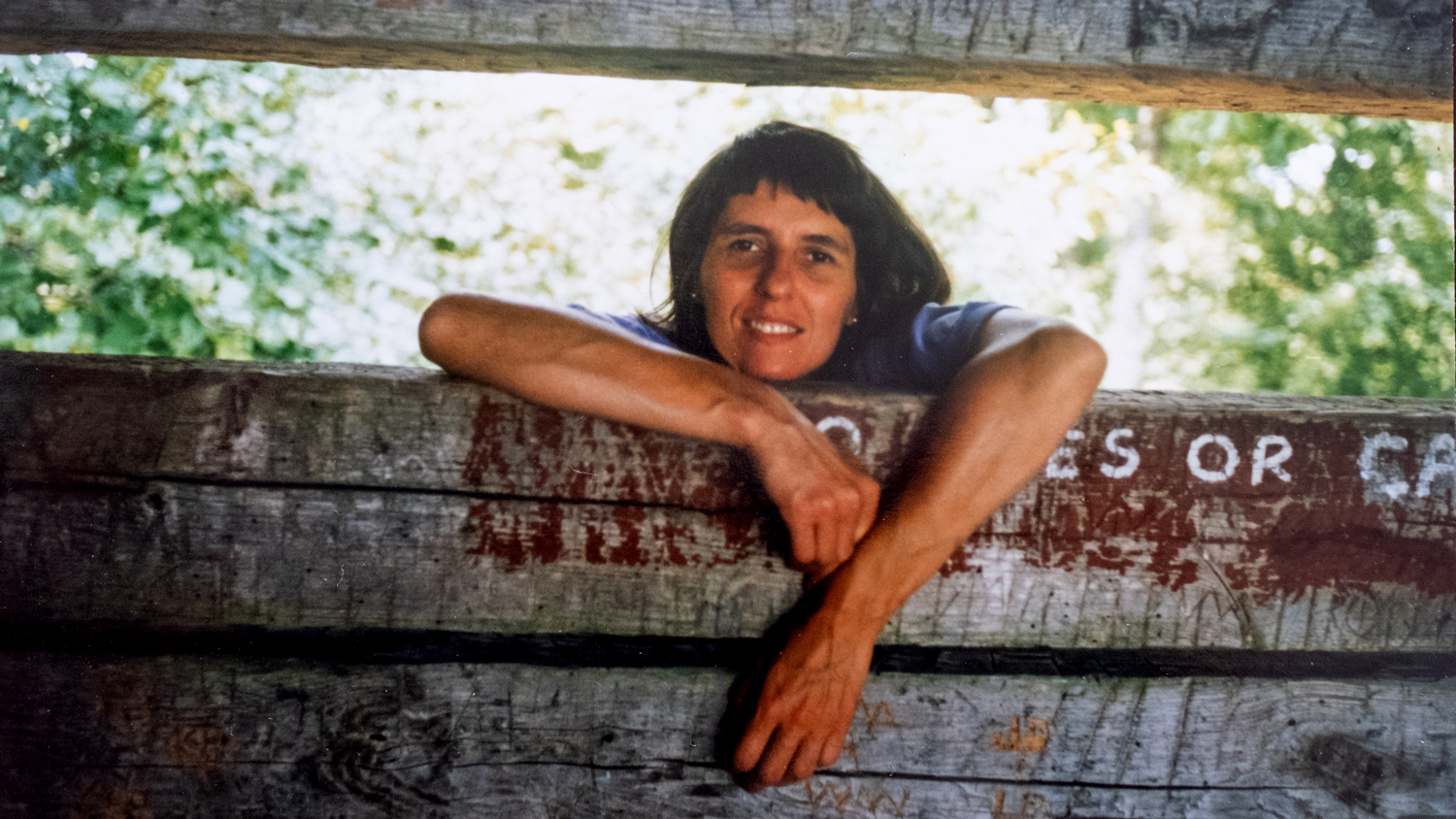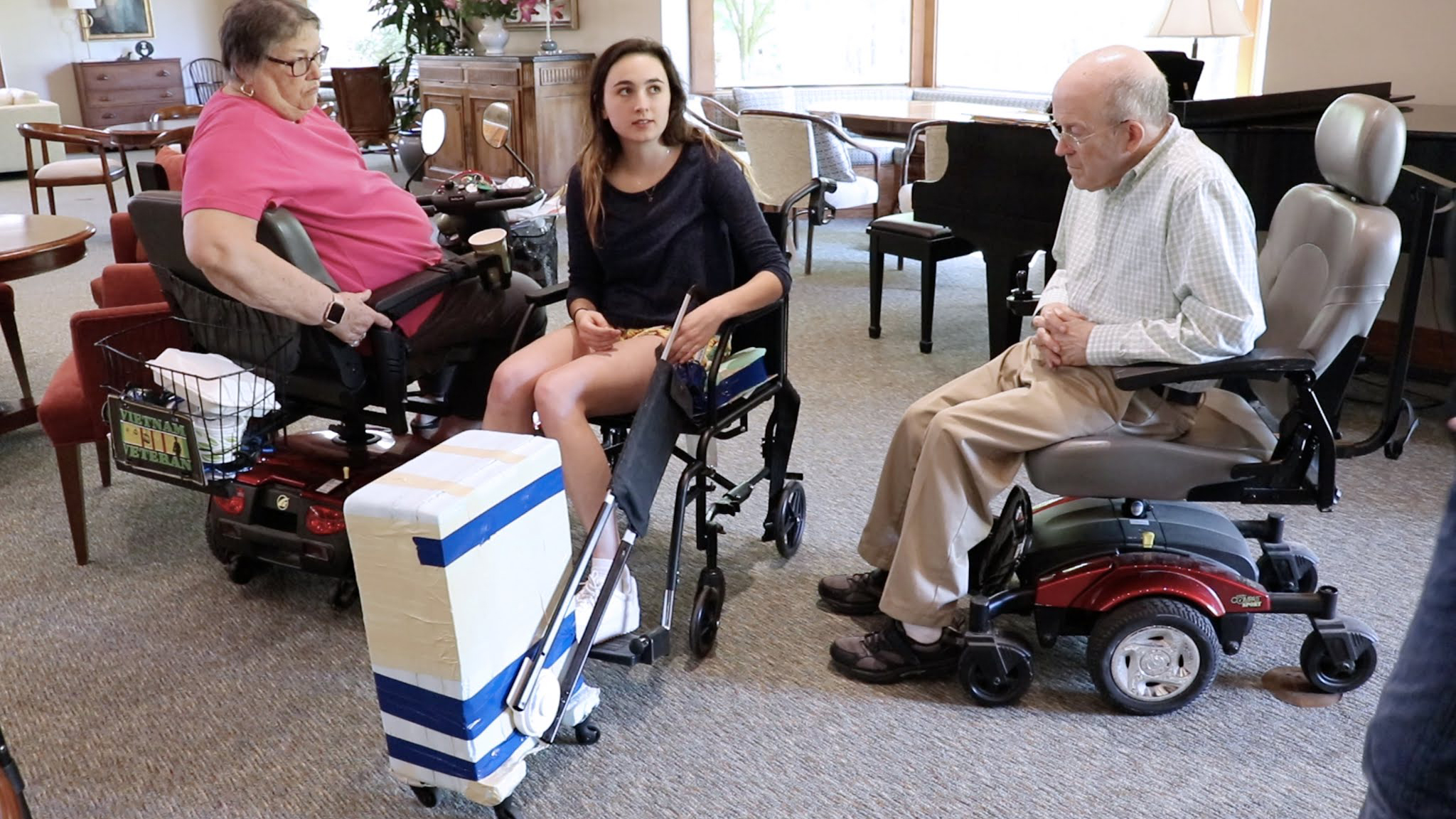A Designer Caught
This summer, Graphic Design student Allison Press has been working on a project devoted to challenging the fundamentals of her profession. A Designer Caught, a visual blog in which she posts almost daily, is a call-to-action for fellow designers to think and solve the world’s most challenging problems. View her full project.
Article by Allison Press
As designers, we are inherently interested in serving others. We’ve developed an entirely new, human-centered way of thinking and working in our profession that proves this. The Human-Centered Design (HCD) process, by its namesake, places absolute priority on empathizing with others. It’s a process that focuses not on mastering temporary visual trends and styles, but on genuinely understanding the needs of others around us and creating solutions seamlessly suited to their problems.
A growing group of designers are applying this problem-solving method outward to more non-traditional audiences. This emerging branch of the design profession is called many things — Design for Social Innovation, for Social Impact, for the Other 90% — but has one goal: to improve the lives of those in the world’s most vulnerable communities and harness human-centered design practices to do it. It applies the power of participatory, iterative thinking to the people who need it most. I believe it’s a perspective that finally captures the full reach of design’s potential to create meaningful impact.
Unfortunately, this branch of design is not the industry standard. More often than not, working within the realm of “social innovation” stands for an ad agency’s yearly pro-bono project or a firm’s occasional “charity” work. Designing for social progress is an addendum to a firm’s greater mission, an only-if-our-budget-allows type of mission. This mentality is understandable, considering the types of clients that have set the precedents for our industry. After all, our profession’s life began in the Industrial Revolution, an era defined by its focus on supplying mass-produced goods to an exclusively middle-class audience. Graphic design emerged in order to aid this process, advertising these products to the audiences that could afford them.
While we’ve made strides since — such as beginning to treat our audience not just as a consumer of our work, but as a co-creator — we’re still serving generally the same people: the affluent, white middle-class. This creates a contradiction. Although we preach of Design Thinking’s power to solve the world’s most wicked and tenacious problems, we’re only offering up this service to a narrow slice of the population.
The field “Designing for Social Innovation” addresses this contradiction, by using the HCD process to tackle some of these systemic problems: from water access and sanitation, to financial services and gender equality. While this approach has amassed somewhat of a following over the past decade, grasping a foothold in select businesses, graduate programs, and conferences, it’s still a category that feels tacked on to the rest of the graphic design field: a smaller player in the industry’s bigger lineup of web, app, and branding design giants.
This concern, of seeing my profession remain indifferent to solving the most imperative issues of my day, is what led me to start “A Designer Caught.” “A Designer Caught” seeks to critique our industry: from its racially homogeneous workforce, to the influences clients and their money have on our work, to questioning the motivations that bring people to this profession in the first place. Throughout this summer I have been precisely this: “caught.” Caught between wanting to pursue a career in designing for social impact, but concerned that the industry isn’t moving in this direction fast enough. It’s a feeling of devotedly loving the profession I am in, but wondering if it will ever be able to cut itself loose from the practices and clients with which I could never abide. However, I see my generation, more than any other I know, dedicated to making a positive impact on a global scale. Many of these peers are beside me in my studies at NC State, and it’s been reassuring, as we enter our last semesters on campus, knowing that we will all enter the industry sharing a single cause. I hope “A Designer Caught” compels fellow creatives to critically reflect on the impact they want their work to have, and look to using their talents to solve some of our world’s most challenging problems.
Allison encourages other students who are interested in “A Designer Caught” to contribute their own work! Please contact her at anpress [at] ncsu.edu for more information.
- Categories:


